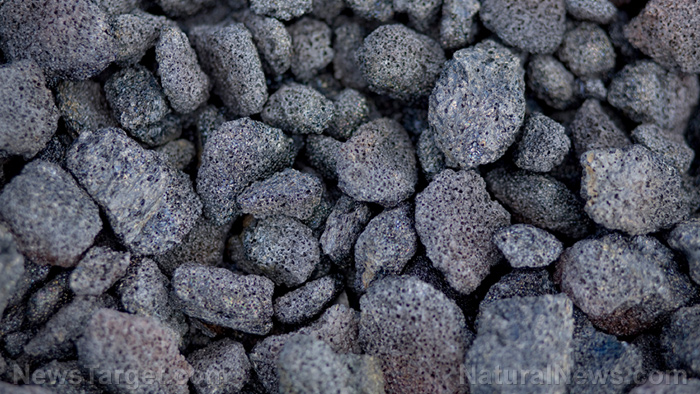
Advertisement
The use of stone knives dates back to thousands of years ago before the advent of metal working. These tools were primarily used by our ancestors for hunting. A study published in the journal Science revealed that stone knives and stone-tipped spears were first employed by early humans some 500,000 years ago. Our ancient ancestors were “able to collect the appropriate raw materials, they’re able to manufacture the right type of stone weapons…[stone weapons] were used for other ways as well, sometimes for cutting or butchery or as knives or in processing hides or other materials,” researcher Jayne Wilkins told The Guardian online.
According to the researchers, the use of stone tools was greatly suitable for the conditions and dietary habits of early humans. “[Early humans] were into this meat-eating niche and meat-eating is something that is thought to be very important in terms of fueling a bigger brain…and that protein from meat is a very important fuel, essentially. If you become a killing machine, using spears, you’ve come up with a technological solution where you can be reliant on meat-eating constantly,” outside expert Michael Petraglia added. (Related: Benefits of All New Ceramic Knives: Save Money and Keep Food Fresher, Purer and Healthier.)
Stone knives and spears may have been long forgotten as the metal age ushered in a new wave of bladed tools. Fast forward to the present and metals were still being used as a primary commodity in various production processes. However, a 2012 report called PwC’s Minerals and Metals Scarcity in Manufacturing: A ‘ticking time bomb’ revealed that metals and other precious minerals are slowly becoming scarce over the years. With this supposed shortage in metal production, it might be a good call to go back to basics and learn the steps in making stone knives.

Make your DIY stone knife with these smart tips
According to an entry posted on the Outdoor Life website, stone knives and blades can be made from a wide array of stones such as flint, chert, and jasper as well as chalcedony, quartz, and obsidian. The article also stressed that while making stone knives could be relatively easy, it is still important to wear protective equipment to avoid unwanted injuries. The entry noted that protective leather gloves and glasses or goggles should be used to prevent stone chips from reaching and injuring the eyes.
An article published on the Homesteading website emphasized that stone knives may serve as essential tools for outdoor survival and can be used for hunting, building shelter and self-defense. The article listed some key pointers in making stone knives. These steps include:
- Finding a location with good rocks — Finding good quality rocks is the fundamental step in making stone knives. According to the article, not all areas that are abundant with rocks may provide good stones for knife making. The entry stated that a creek may be a good place to scout as it tends to have high quality rocks that make excellent blades.
- Identifying rocks that make good blades — Once the location was settled, the next step would be determining the right kind of stone that will make an excellent blade. The article noted that good quality stones make a ringing sound. Likewise, good quality stones sound like glass when slammed together. The entry also suggested picking larger stones as they may contain higher quality material under their weathered surface.
- Finding a hammer stone — According to the article, the hammer stone is a medium-sized rock that can be used to chip off portions of the chosen stone while making the blades.
- Striking the rock — This step requires proper striking technique to produce useful blades. As per the entry, the knife maker should place the rock on the thigh and strike its edges using the hammer stone. The article stressed that the hammer stone should strike the edge and should be swung in a fluid, constant motion that does not stop upon stone-to-stone impact.
- Chipping off and using the blades — Continuous striking may eventually chip off blades from the stone. The article also cautioned that the knives should be used in an inward slicing motion to prevent breakage.
See more stories on essential survival gear at GEAR.news.
Sources include:
Submit a correction >>
This article may contain statements that reflect the opinion of the author
Advertisement
Advertisements















